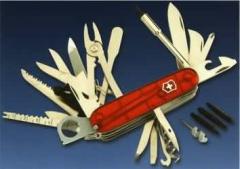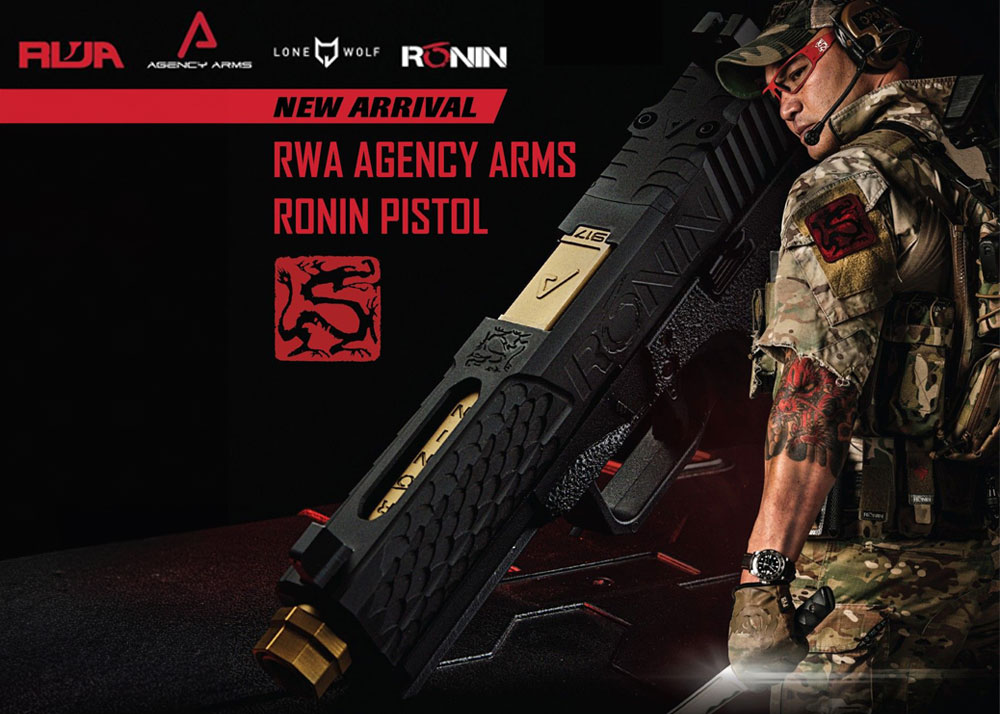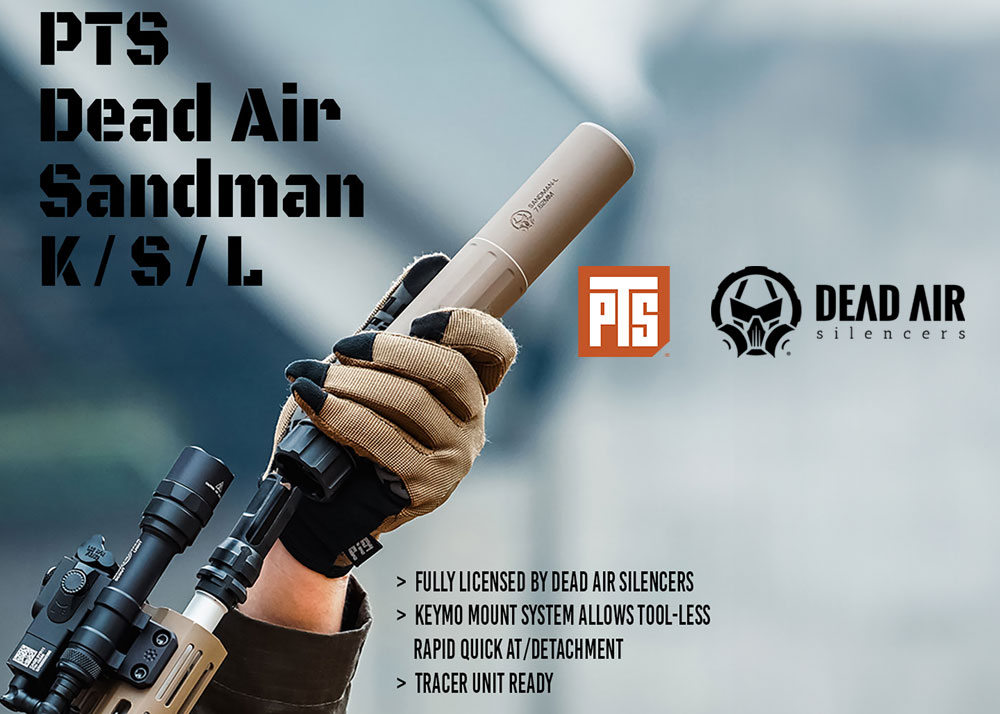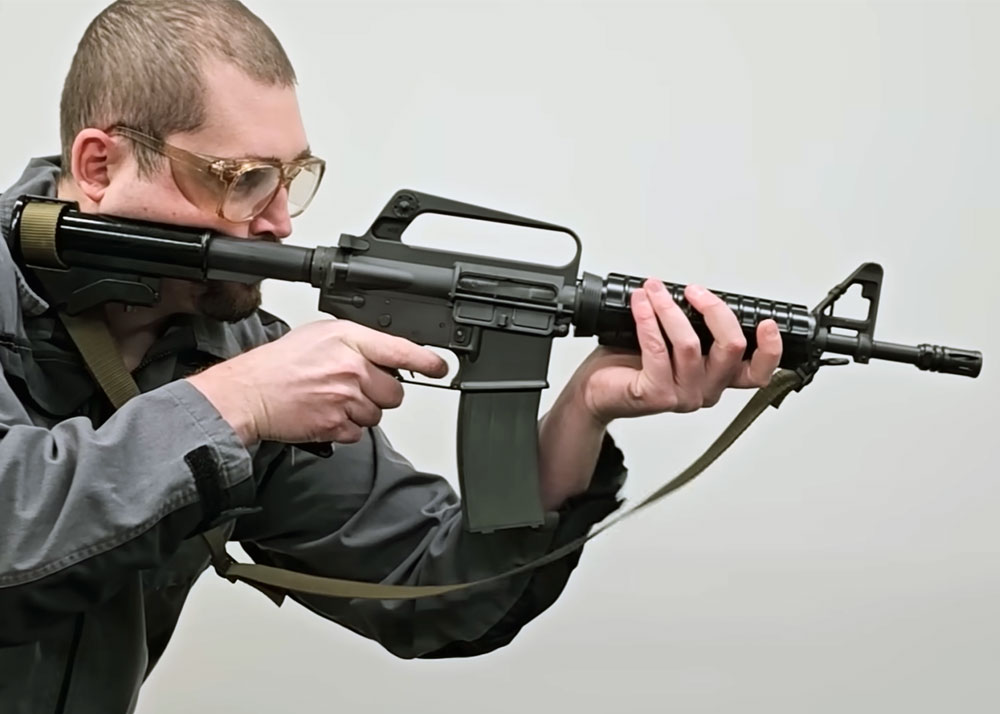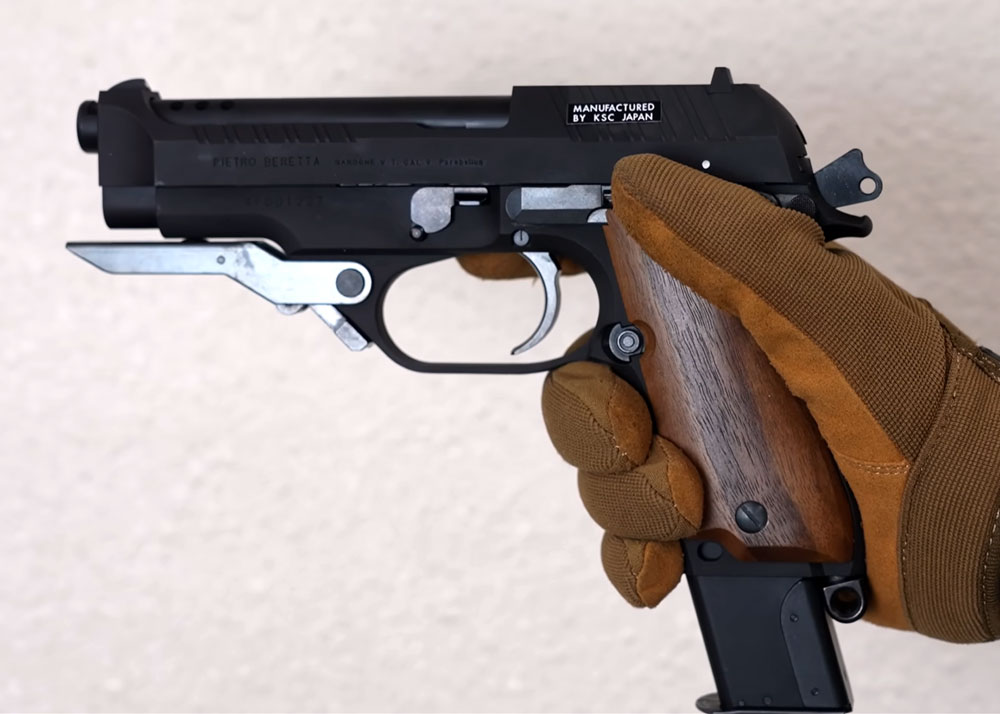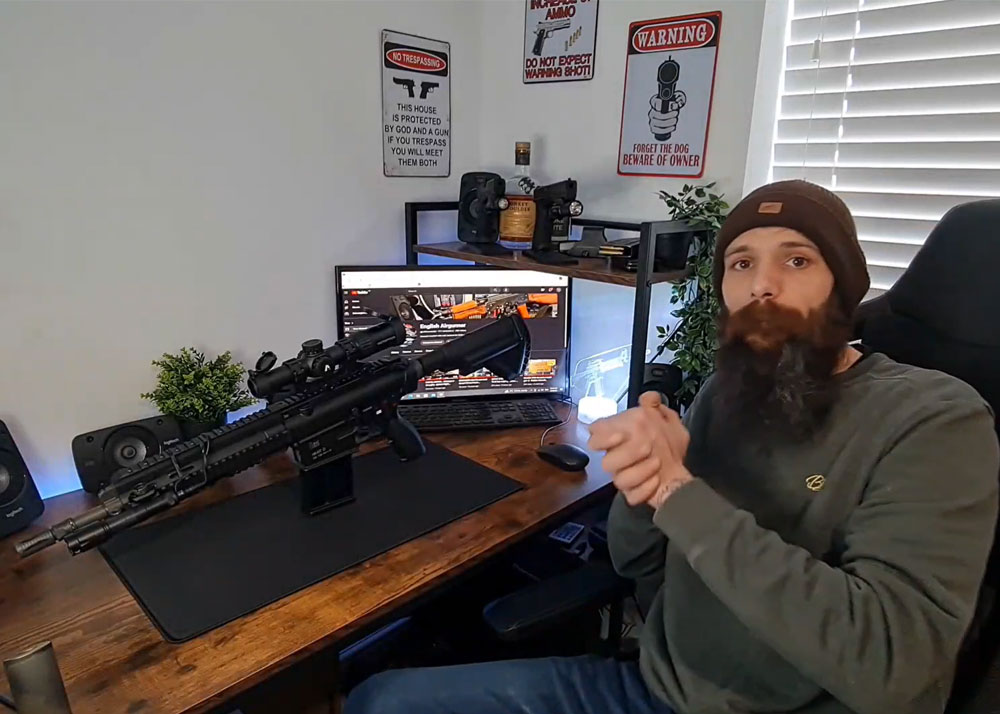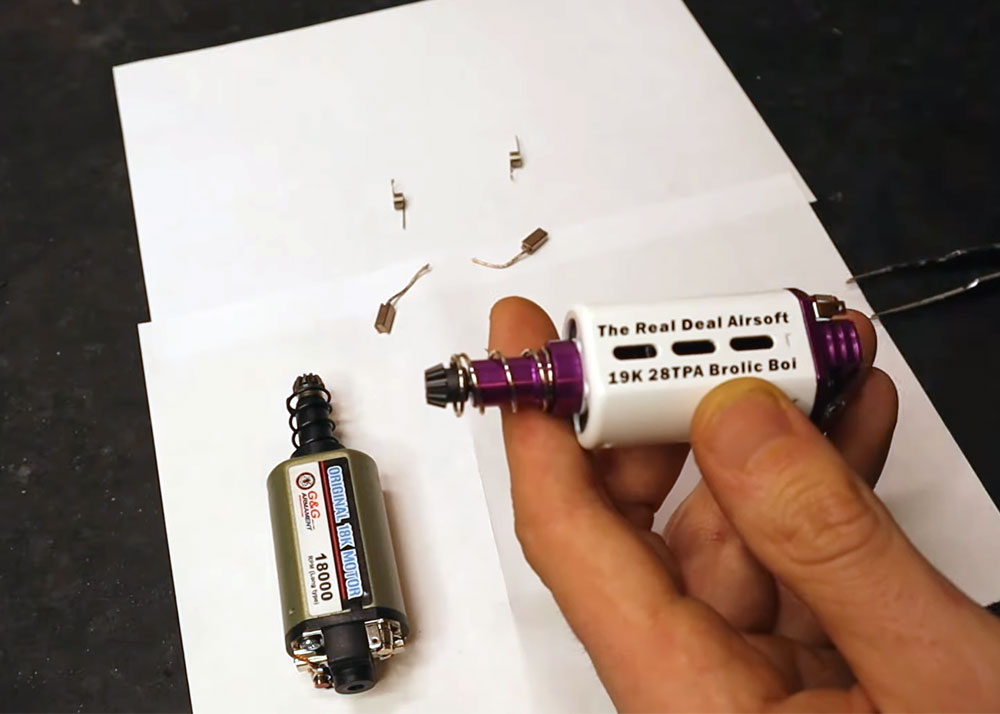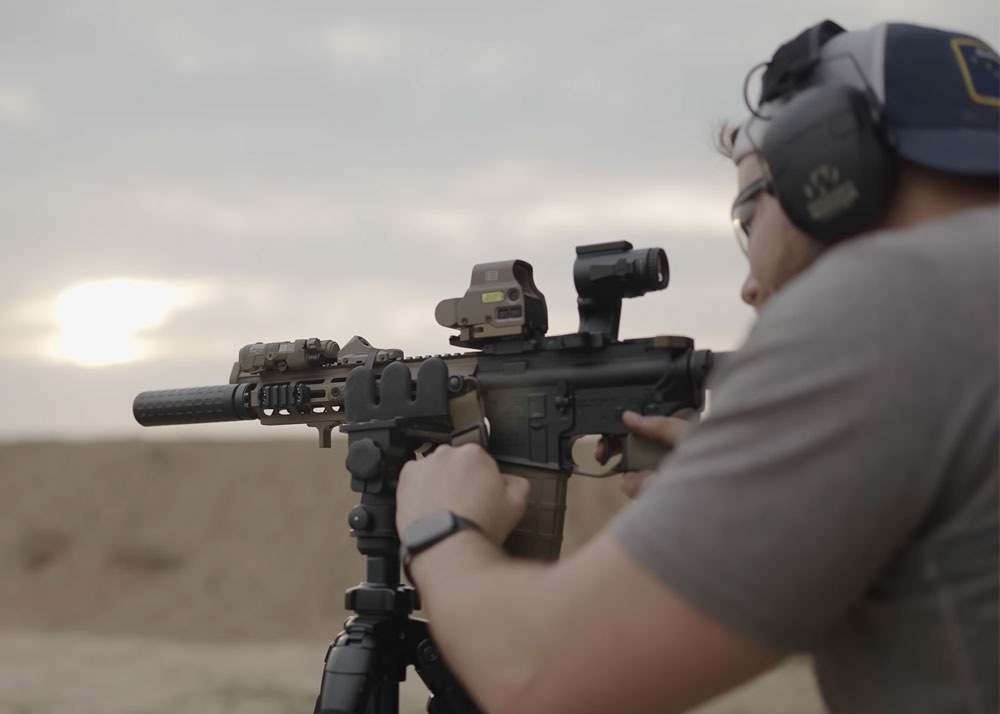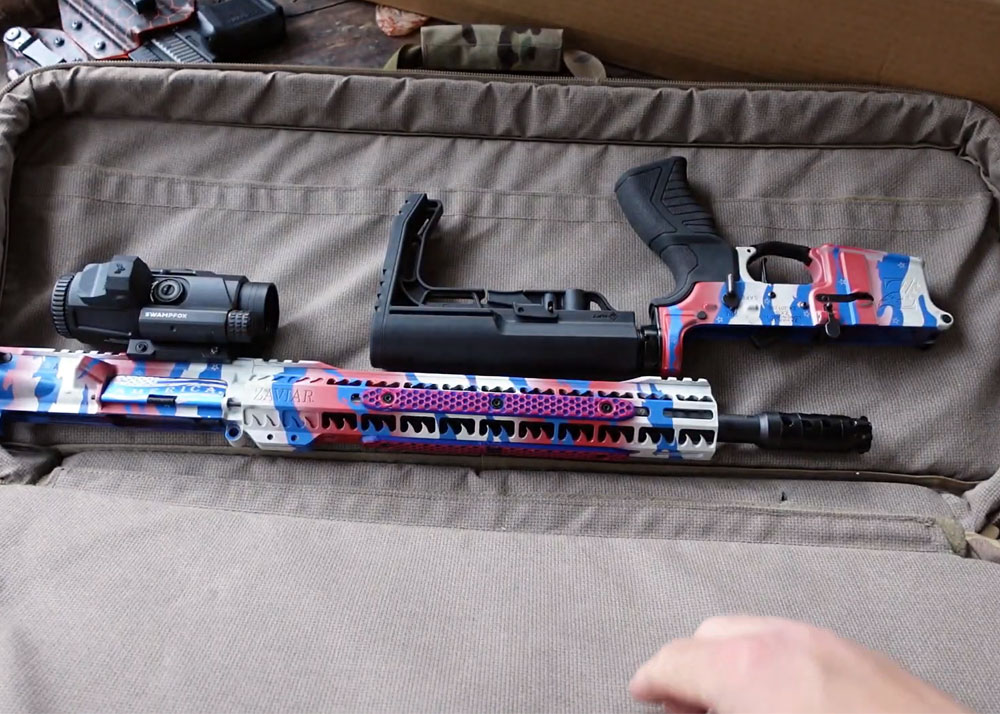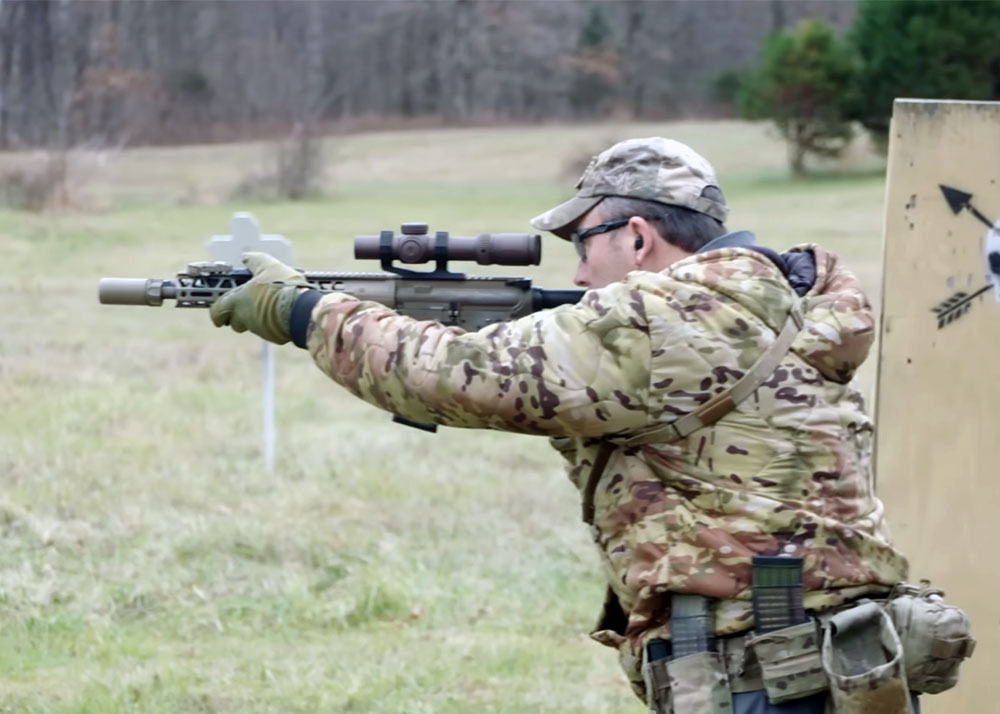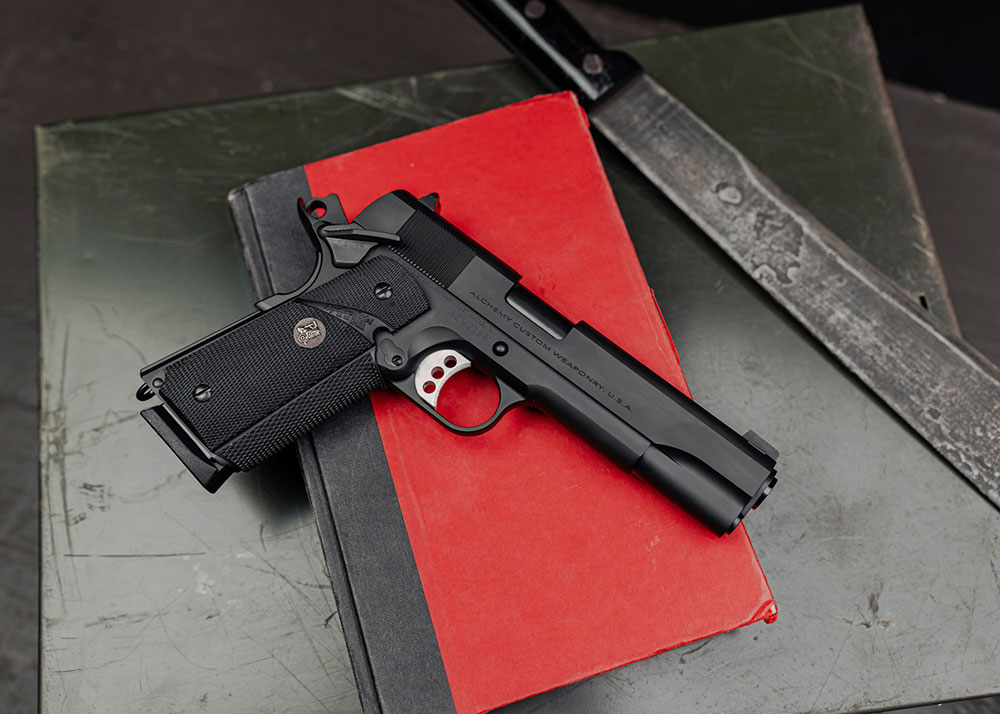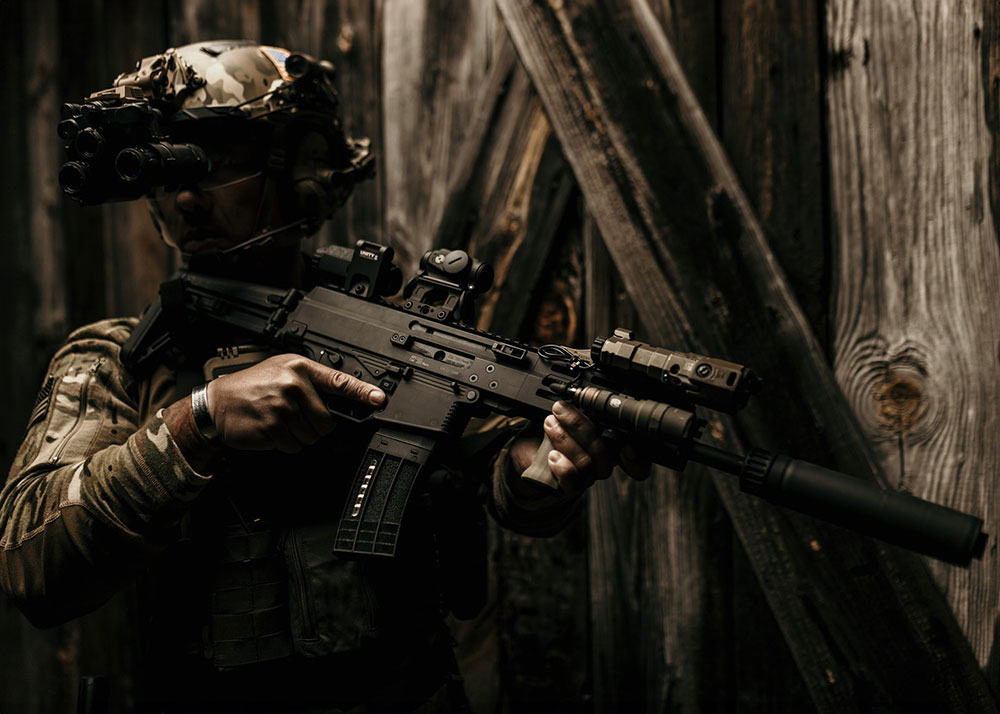So, You’re Buying Your First AEG…
Brahma
16 Jul 2008
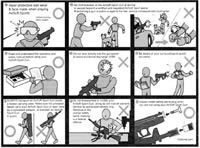
ELECTRIC AIRSOFT GUNS or Automatic Electric Guns (AEGs) are the most popular weapons found in most airsoft skirmishes in the world today. AEGs are battery-operated, as the name implies, and rely on an electric motor (similar to those found in remote control cars) to drive a gearbox assembly with a pneumatic piston. These guns are capable of full automatic fire at rates comparable to those of real-steel automatic weapons. They are typically powered by rechargeable battery packs.
AEGs have a lot of available aftermarket parts for the more serious players who opt to upgrade their guns for higher level of competition and play, not to mention a wide array of accessories like scopes, flashlights and laser pointers, rail mounts, high-capacity magazines, etc., that adds realism to one’s airsoft experience.
Owning an AEG is a serious responsibility, and using it safely and keeping them out of the hands of individuals who should not have access to them are the two main priorities of an AEG owner. If you handle AEGs safely and responsibly and then project that onto the people around you, they will do the same. Rules for safe AEG handling must always be followed to avoid accidents.
AEG safety rules and mindset
The airsoft weapon aspects have been covered many times and continue to be covered and extensively discussed, maybe because it’s easier to buy something than doing something. AEG safety practices should instill a certain mindset and appropriate habits or rules. The mindset is that AEGs are inherently dangerous and must always be handled with care.
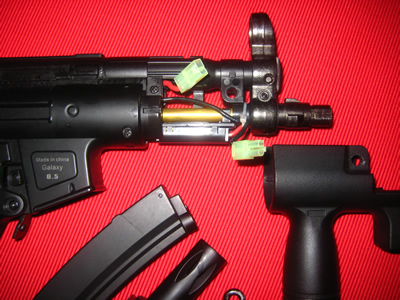
The rules of AEG safety follow from this mindset. While there are many variations, the following rules are the basics:
- Always treat your AEG as if they are loaded and ready to fire.
- Always point the muzzle away from anything you do not intend to shoot.
- Always keep your fingers away from the trigger and outside the trigger guard until you are ready to fire.
Treat firearms as if they are loaded
This rule is a matter of proper mindset rather than a specific habit. Many accidents happen from someone believing the gun is unloaded, safetied or otherwise disabled, when in fact it is ready to fire. Most accidents happen when “de-cocking” an AEG or during cleaning. Such miscalculations arise from a number of reasons. For instance, one may think that the gun is unloaded in the absence of a magazine, not knowing that a BB may still be lodged in the feeding tube. Another common occurrence is when a person is not aware of the wear-and-tear of a specific component on his/her AEG. For example, a worn-out safety switch may not function as originally intended, and may give the AEG a "hair trigger" (a very sensitive trigger).
If you develop a mindset that you AEG is capable of being fired at any time, you are more likely to take precautions to prevent an unintentional discharge and to avoid damage or injury if one does occur.
One should always bear in mind the phrase "The gun is always loaded". The purpose is to discourage mental habits such as "I know my AEG is empty so (some) unsafe practices are OK." Inexperienced players often think this way and accidents can happen as a result.
Point the muzzle away from non-targets
This mindset is intended to minimize the damage caused by an unintentional firing. The first one teaches that an AEG must be assumed to be ready to fire. This one goes beyond that and says "Since the firearm might fire, then assume that it will and make sure no harm occurs when it does".
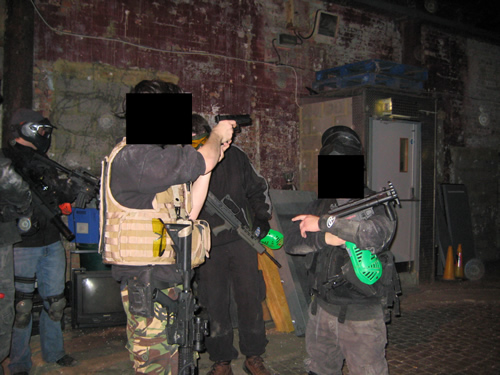
Two natural "safe" directions to point the muzzle are upwards (at the sky) and downwards (at the ground). Both have their advantages and disadvantages. Firing at a solid surface (the ground) may result in a ricochet or cause hazardous fragments to be flung at people or material. Aiming upwards eliminates this risk.
When handling an AEG to another person, the muzzle should not be pointed at the recipient or any bystander. If the situation permits, it is considered good practice to remove the magazine first and make sure that no BB is left in the feeding tube, before handing it over to someone. In real steel parlance, this is known as "show clear".
The recipient should also personally check the gun upon receipt, making sure that it is indeed empty. This may sometimes seem exaggerated, but as they say, it is better to be superfluous on the side of safety.
Keep fingers off the trigger
This is the most-ignored of all safety mindsets. Just looking at tons of “photo-ops”, you will notice players with their trigger fingers dangerously resting on the triggers.
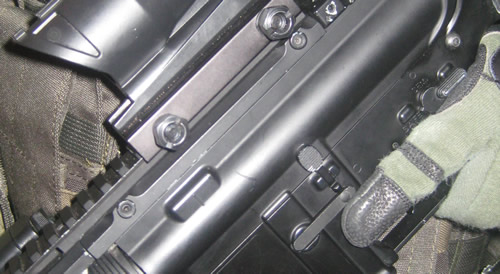
This mindset is intended to prevent involuntary or accidental firing. One may involuntary press the trigger for any of several reasons: being startled, not keeping full attention on body movements, or physiological reasons beyond conscious control such as a spasm.
The trigger guard and the area above the trigger of an AEG are the natural point for players to keep their fingers out straight alongside the weapon. A properly indexed trigger finger also helps remind the person holding the AEG of the direction of the muzzle.
Other important rules to remember:
- Always keep the AEG unloaded until you are ready to use it;
- Never point the AEG—loaded or not—at anything;
- Be sure of your target and what is beyond it;
- Learn the mechanical and handling characteristics of the AEG you are using;
- Always use proper BBs;
- Be sure the barrel is clear of obstructions before loading and shooting;
- If your AEG fails to fire when the trigger is pulled, hold your shooting position for several seconds; then with the muzzle pointed in a safe direction, carefully unload the AEG;
- Don't rely on the AEG's safety to keep it from firing; and
- Be aware of your surroundings when handling AEGs so you don't trip or lose your balance and accidentally point and/or fire the AEG at anyone or anything.
Proper AEG storage
- Keep all AEGs and BBs out of the reach of children, untrained adults, and those who would use them improperly;
- Store your AEGs unloaded and with the safety on;
- Keep the AEGs dry, cleaned, and oiled while in storage; and
- Store AEGs and BBs in a dry cool place and away from heat and fire.
AEG handling and maintenance: Hold it, Tighten it
Probably the most common mistake we see among airsoft players is that they fail to maintain a firm grip on their guns. The hands—both of them—should maintain a firm firing grip on the gun, pulling it straight back into the shoulders. This should be maintained in any firing position. A very common error is to relax when kneeling or prone or shooting at distance—thereby losing shot group consistency. Consistency is the key to accuracy. Dot it the same way every time and you will not need to adjust or readjust when transitioning from one position to the next.
Keep the stock firmly on the shoulder
Most of the time, we play with armors or vests and other gears that require over-the-shoulder straps, such as hydration packs. We should always strive to keep the stock firmly in contact with some portion of our upper body. One way to ensure this is by placing the toe of the stock underneath those straps to prevent it from slipping off our vests.
.jpg)
Keep a Swiss Army Knife handy
An allen or hex wrench or thread locker is not a luxury, it is a necessity. Vibration, especially in higher ROF setups, will cause threaded accessories, components and parts to loosen. That means that if it is attached to the gun, you have to tighten it every chance you get—and that is at least once in every game day, and more if you’re the trigger-happy type. A Swiss Army knife should be an important part of your gear. In fact, any cool-guy tool will do, as long as it will fit all of the slot, hex, Philips and torx fasteners on your gun. When you get some lull time in your weekend skirmishes, give those screws a nudge.
